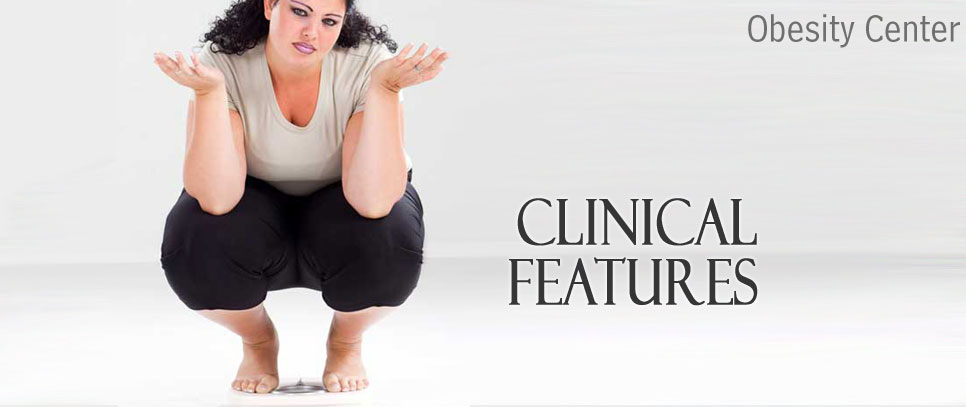In most cases the diagnosis will be apparent from the woman's
appearance but the degree of obesity should be assessed, by using the Body-Mass
Index. In addition the skin-fold thickness over the triceps muscle can be
measured using special spring loaded calipers. Obesity is indicated by a
measurement of more than 28mm in women.
Mechanical Disabilities associated with Obesity:
-
Flat feet
-
Osteoarthritis of knees, hips, lumbar spine.
-
Abdominal hernias
-
Diaphragmatic hernias
-
Varicosa veins.
-
Exertional Dyspnoea.
-
Respiratory infections.
-
Accidents.
Metabolic disorders: Non-insulin dependent diabetes
mellitus, hyperlipidaemia, gall stone, hyperuricaemia, and gout are more common
among the obese than in general population.
Cardiovascular Disorders : Obesity increases the load on
the heart, which enlarges with rising body weight. Cardiac output, stroke
volume, and blood volume also increases. Higher Blood Pressure is often reported.
Life Expectancy : Overweight is associated with an
increased rate of mortality at all ages. However the degree of mortality varies
more or less in proportion to degree of obesity.
Several
serious medical conditions have been linked to obesity, including type 2
diabetes, heart disease, high blood pressure, and stroke. Obesity is also linked
to higher rates of certain types of cancer. Obese women
are more likely than non-obese women to die from cancer of the gallbladder,
breast, uterus, cervix, or ovaries.
Diseases and health problems linked to obesity :
-
Gallbladder
disease and gallstones.
-
Liver
disease.
-
Osteoarthritis,
a disease in which the joints deteriorate. This is possibly the result of
excess weight on the joints.
-
Gout,
another disease affecting the joints.
-
Pulmonary
(breathing) problems, including sleep apnea in which a person can stop
breathing for a short time during sleep.
-
Reproductive
problems in women, including menstrual irregularities and infertility.
Health
care providers generally agree that the more obese a person is, the more likely
he or she is to develop health problems.
Emotional
suffering may be one of the most painful parts of obesity. American society
emphasizes physical appearance and often equates attractiveness with slimness,
especially for women. Such messages make overweight people feel unattractive.
Many
people think that obese individuals are gluttonous, lazy, or both, even though
this is not true. As a result, obese women often face prejudice or
discrimination in the job market, at school, and in social situations. Feelings
of rejection, shame, or depression are common.
Positive self talk
needs to be at the top! Throw out those bad thoughts! Just stop and ask
yourself one simple question. Would you say those things to a friend or
a child? Then why, oh why, do you say those horrible, degrading things
to yourself!? Rule number one is stick to positive reinforcements when
it comes to the way you treat yourself! This may well be the hardest
aspect to losing weight, so please let us help you and check out the
support board!
|




